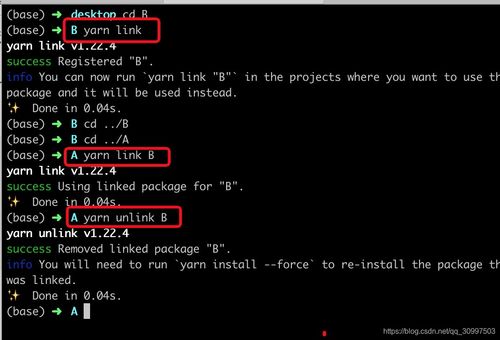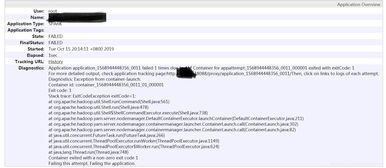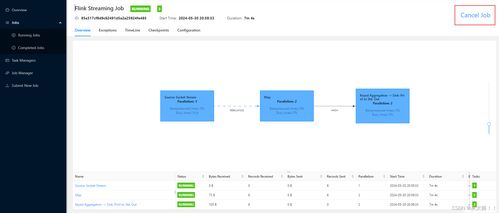yarn link: A Comprehensive Guide for Developers
As a developer, you might often find yourself in a situation where you need to test or debug a local npm package without publishing it to a remote repository. This is where yarn link comes into play. In this article, I will provide you with a detailed guide on how to use yarn link, its benefits, and its limitations.
What is yarn link?

yarn link is a powerful feature provided by Yarn, a package manager for JavaScript. It allows you to link a local package to other projects on your machine without installing it globally. This feature is particularly useful when you are developing a package and want to test it in multiple projects without publishing it to a remote repository.
How to use yarn link

Here’s a step-by-step guide on how to use yarn link:
- Make sure you have Yarn installed on your machine. You can download and install Yarn from here.
- Navigate to the directory of the package you want to link. For example, if your package is named “my-package”, navigate to the directory where “my-package” is located.
- Run the following command to link your package:
yarn linkThis command will create a symbolic link to your package in the Yarn global cache. You will see a message like “success link my-package” indicating that the package has been successfully linked.
- Navigate to the project where you want to use the linked package. For example, if your project is named “project”, navigate to the project directory.
- Run the following command to link the package to your project:
yarn link my-packageThis command will create a symbolic link to the linked package in your project’s node_modules directory. You will see a message like “success link my-package” indicating that the package has been successfully linked to your project.
Benefits of using yarn link

Using yarn link offers several benefits for developers:
- Quick and easy testing: You can quickly test your local package in multiple projects without publishing it to a remote repository.
- Real-time updates: Any changes you make to the local package will be immediately reflected in the linked projects.
- Collaboration: Multiple developers can work on the same package and link it to their respective projects for testing and debugging.
Limitations of using yarn link
While yarn link is a powerful feature, it also has some limitations:
- Not suitable for all packages: Yarn link is not suitable for packages that contain source code like JSX or Vue components. These packages need to be compiled before they can be used in a project.
- Not suitable for production: Yarn link is primarily a development tool and should not be used in production environments.
How to unlink a package
When you are done using a linked package, you can unlink it using the following command:
yarn unlink [package-name]This command will remove the symbolic link to the package from your project’s node_modules directory.
Conclusion
yarn link is a valuable tool for developers who need to test and debug local npm packages. By following the steps outlined in this article, you can easily link a package to your project and make real-time updates to it. However, it’s important to be aware of the limitations of yarn link and use it responsibly.



















